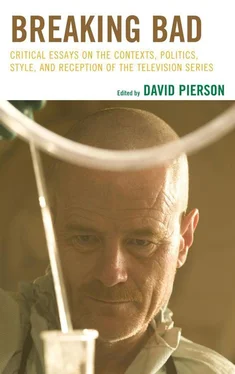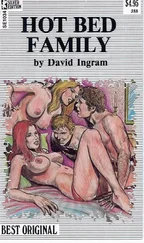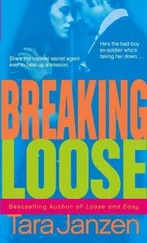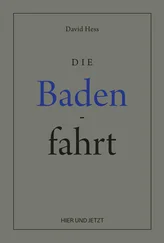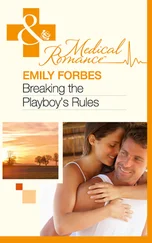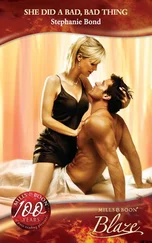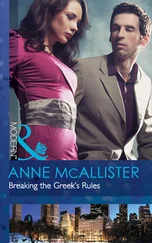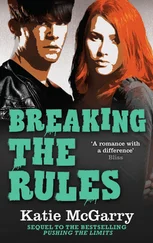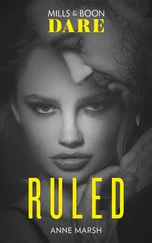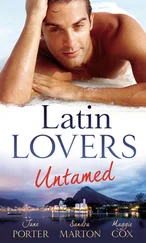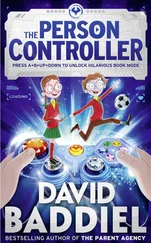Zero-degree style in television is the sign of a passive act of creation whose aim is to best show what is taking place before it and which often takes the form of a high degree of theatricality. For a film studies scholar, these remarks recall the work carried out on early cinema. There, as Tom Gunning (1986) remarks, attraction is so vivid that the work engages in monstration (Gaudreault 2009). Watching Lumieres’ Arrival of a Train at La Ciotat (1895), the content is so interesting that the point of view is incapacitated. The motion pictures then indeed seem live . That said, we must emphasize a crucial difference between film and television. While zero-degree style applies to the silent cinema period, in television, as Caldwell and Butler realized, it applies to “dialogue-driven worlds.” In other words, to employ the theoretical model proposed by one of the present authors in his doctoral dissertation (Picard 2013), in television, visuality is subjected to orality . In other words, the image conveys speech and shows the verbal attraction. Within the zero-degree style, gaze monstrates the voice. [2] We can’t fail to remark that an actual TV show, which displays throughout a zero-degree style, is aptly named The Voice (NBC 2011-present).
The zero-degree style of televised fiction was archaic when it began and rudimentary today; it is when the image, at one extreme or the other of the temporal spectrum, shows the spoken word. In zero-degree, style becomes impersonal and interchangeable, not because of a lack of knowledge or ambition but because of the conditions under which the work is made: the steelmaker has to record a performance based on talk; she or he has to make a fictional talk show. Indeed, it is difficult to create a personal visual style when the goal is to bring out the spoken word. And the audience knows this, because it demands that the style in such cases not overshadow the theatre of life. Indeed as Butler (2012) demonstrates, there were many complaints online about the overly stylized look imposed by the network on Guiding Light (1952-2009) to bring new life to the genre: viewers complained that they didn’t want “stylish images.” In other words, they said aloud what the usual audience thinks all along: that speech should be transmitted by a zero-degree style or by means of what the scholars Jay David Bolter and Richard Grusin (1999) aptly call “transparent mediacy”—by means of a deformed form.
However, Jeremy Butler (2012) advances that the aesthetic continuum of the televisual fiction is made of two ends or polarities. He writes with acumen: “One hand of the spectrum is a play that is recorded from a single point with no editing—the camera positioned at the “best seat in the house.” On the other end of the spectrum is a wholly abstract animation or wholly processed image, one that could not exist without the medium itself ” (Butler 2012, 216). More precisely , he argues that the last style is “aggressive, roughened, and opaque, not smooth and transparent. It carries meaning. It makes jokes. It might call attention to itself. It can even make familiar things seem strange, creating art as technique” (2012, 197). This style, which until now has not been named in television studies, is clearly that employed by Breaking Bad , as Jason Mittell (2011) has observed:
In short, The Wire embraces a “zero degree style” that strives to render its televisual storytelling techniques invisible, whereas Breaking Bad foregrounds a “maximum degree style” through kinetic visuals, bold sounds, and unpredictable storytelling form—it is hard to imagine two programs within the general norms of crime drama that take such different approaches to narrative, visual and sonic style.
In our view, this “maximum degree style” has been identified in literary studies, and in particular in the work of Gérard Genette (1997), by the expression “literature in the second degree.” In cinema studies, the concept has been explored in greater depth, in particular by Christian Metz (1991). [3] While the volumes by Roland Barthes and Gérard Genette we cite have been translated into English, one volume by Christian Metz remains to be translated: L’Énonciation impersonnelle ou le site du film . We wonder whether the fact that the concept of second-degree style has not until now been defined by Anglo-American television studies scholars is the reason that Metz’s volume on enunciation, which makes it possible to define the concept in cinema and consequently in television, is the reason that it is still not available in English.
Second-degree style is a meta-cognitive style, which is aptly adapted to a meta-television era that some Spanish scholars call the Third Golden Age of TV (Carlon 2006, Tous Rovirosa 2009). The style is constructed of meta-discursive expressive figures disseminated within the television text. To put it bluntly: instead of the formless form of the zero-degree style, the second-degree style offers a form-filled structure that becomes the focus of attention directed toward a subjective. [4] The reasoning implies three degree-styles: zero-degree, first-degree and second-degree. We will discuss in the chapter the two polarities of the spectrum aesthetics of TV fiction: the zero-degree style in general and the second-degree style in particular in Breaking Bad . However, we won’t discuss the first degree-style, which could be called the normative form or the consensual form , due to space constraints. It will be the focus of future works.
To grasp this concept we must, as Genette argued, see texts as deriving from each other, directly or indirectly, and also realize the ways in which films, as Metz observed, implicitly or explicitly stand apart from one another. The same intellectual operation is involved in the present case: one must compare an object to its system in order to understand how meaning is produced. Second-degree style is the opposite of zero-degree style: while the latter requires little effort on the part of the audience, the former requires a maximum level of effort. When watching a second-degree-style television fiction, the audience must go toward the work and evaluate the relative originality of its artistic expression. They must carry out a dual reading: identify how it differs from the norm and gauge its interest. They must recognize the style. As part of a meta-cognitive logic, second-degree style is clearly meta-discursive: it reflects its presence through meta-textual devices. In simple terms, second-degree style is a form of double meaning: a style, which demonstrates its subjectivity and thereby reflects its creator’s mastery. Second-degree style is even more enunciative , when it mocks conventions, fails to deliver on expectations and destabilizes; when it is opaque, hermetic, or even abstract. In journalistic terms, second-degree style takes the form of a commentary, editorial, or critique: a point of view that stands out, evaluates and judges and thus contributes to public debate. In cinematic terms, it is an individual perspective, if one likes, which interposes a gaze between reality and the audience in order to change both attitudes and form. In TV fiction, the second-degree style is no different; the metacognitive process is in fact, in this case, both enunciative and trans-textual: meta-discursive expressive figures disseminated in the televisual text derive from the cinematic text. In other words, which indicate the gulf created with the zero-degree style, the second-degree is first, the point of view that reflects its presence in the visual field by self-reflexive constructions; second, the image that bends toward less orality or even silence; third, the montage that tends toward a temporality that is the object of telescoping or a time narrative; and fourthly the work that engages in the aesthetic journey of the televisual fiction, which is tied to the emergence of auteur television in the cinematic sense—the triumph of style (Butler 2010, Ames 2012).
Читать дальше
